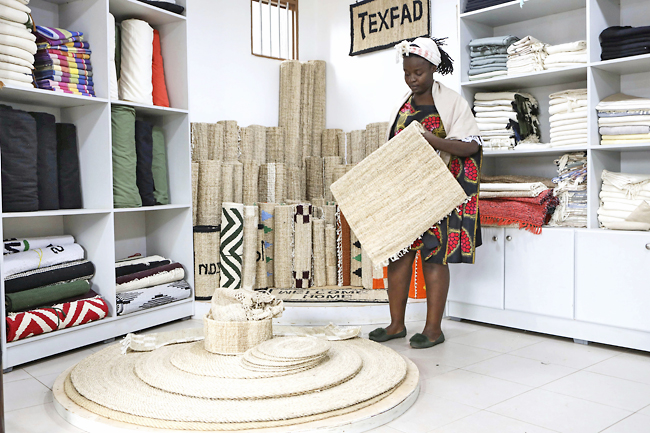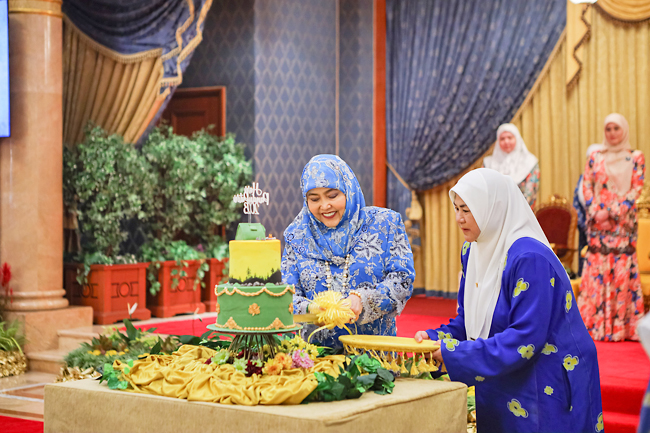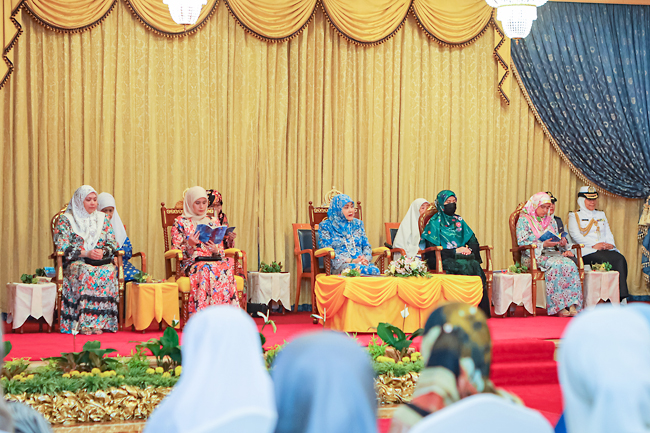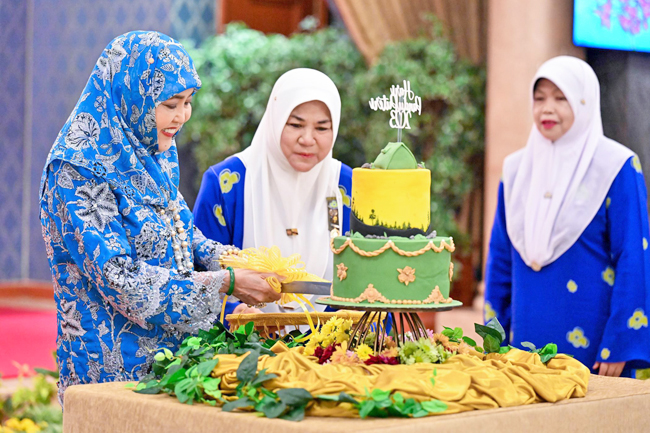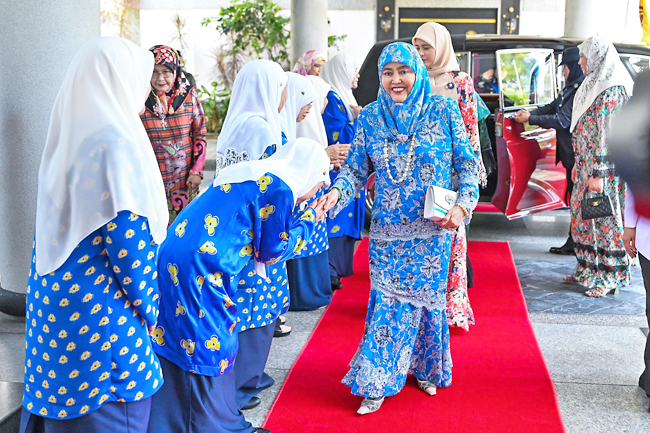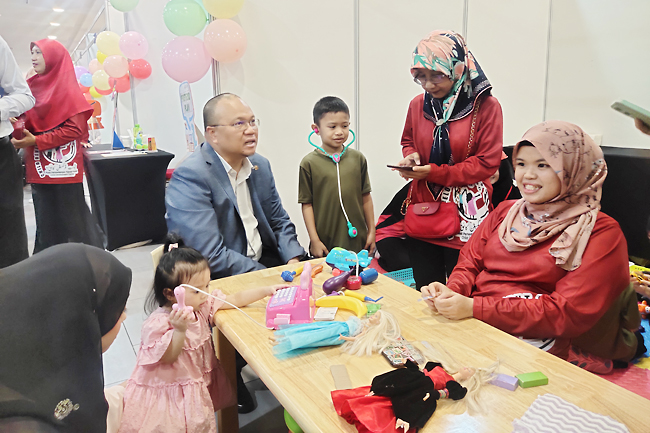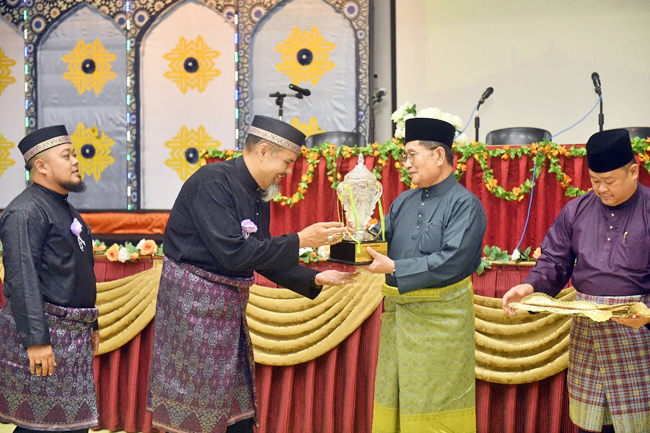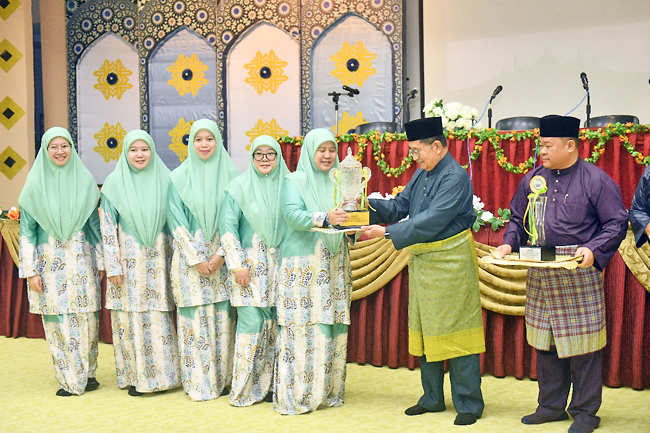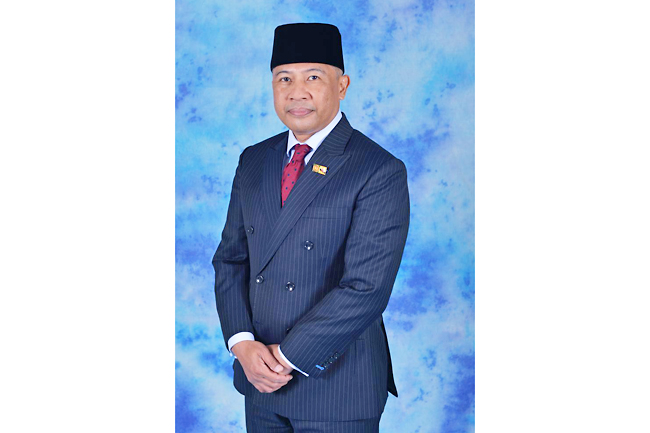HONOLULU (AP) – The area around the Maui town of Hawaii largely destroyed by wildfire two months ago welcomed back travellers yesterday as the mayor and Hawaii’s governor pushed ahead to restart tourism to boost the economy despite opposition from some Lahaina residents.
Five hotels in West Maui were accepting reservations again, according to their websites and the Maui Hotel and Lodging Association. In addition, eight timeshare properties – in which visitors have an ownership stake in their room – were opening across the region early this month, including some a few miles from the devastation.
The re-opening fell on the two-month anniversary of the wildfire that killed at least 98 people and destroyed more than 2,000 structures, many of them homes and apartments. Many local residents have objected to resuming tourism in West Maui, which includes Lahaina town and a stretch of coastline to the north. Opponents said they don’t want travellers asking them about their traumatic experiences while they are grieving the loss of their loved ones and processing the destruction of their homes.
More than 3,500 Lahaina-area residents signed a petition asking Hawaii Governor Josh Green to delay the restart.
Green said doing so would help Maui’s tourism-driven economy get on a path to recovery.
It’s not clear how many travellers will be staying at hotels and timeshares.

Executive director of the Maui Hotel and Lodging Association Laura Paulson said her organisation’s surveys indicated the number will be “low”. She predicted “a very slow ramp up to visitors coming back”.
Maui County on Saturday released a video message from Mayor Richard Bissen acknowledging the difficulties of the situation.
“I know we are still grieving and it feels too soon. But the reality is there are those in our community who are ready to get back to work. Bills need to be paid, keiki have needs and our kupuna face continued medical care,” Bissen said, using the Hawaiian words for children and elders.
Thousands of tourists staying in beachfront hotels north of the burn zone left Maui in the days after the fire. Some 11,000 hotel rooms in West Maui have since either sat empty or housed displaced Lahaina residents under a programme administered by the Federal Emergency Management Agency and the Red Cross.
Bissen said he was working hard to make sure no one affected by the fire has to leave their temporary housing to make room for visitors. The county prepared another video highlighting places visitors could go outside West Maui, including the town of Paia on Maui’s north shore and the scenic road to Hana on the island’s east side. The video message urged visitors to show respect by staying away from the burn zone, not taking and posting “inappropriate images” on social media, and following signs and instructions.
Separately, the governor’s Office of Wellness and Resilience prepared a flyer with tips on how visitors can be respectful, which it planned to distribute at hotels, rental car desks and other places visitors frequent.
Four of the five reopening hotels were in the northernmost section of West Maui, including the Ritz-Carlton at Kapalua.
This area is 11 to 16 kilometres and a 15- to 20-minute drive north of the part of Lahaina that burned.


